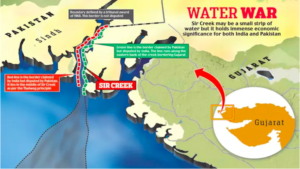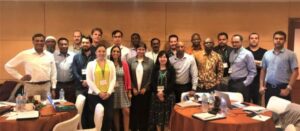The Denali Fault is a testament to the dynamic processes shaping our planet. It offers invaluable insights into tectonics, earthquake dynamics, and disaster management. For UPSC aspirants, understanding the Denali Fault enriches knowledge of global geological phenomena and provides comparative perspectives for India’s seismic challenges. By studying such features, future policymakers can better address the challenges posed by natural hazards and ensure sustainable development in vulnerable regions.









